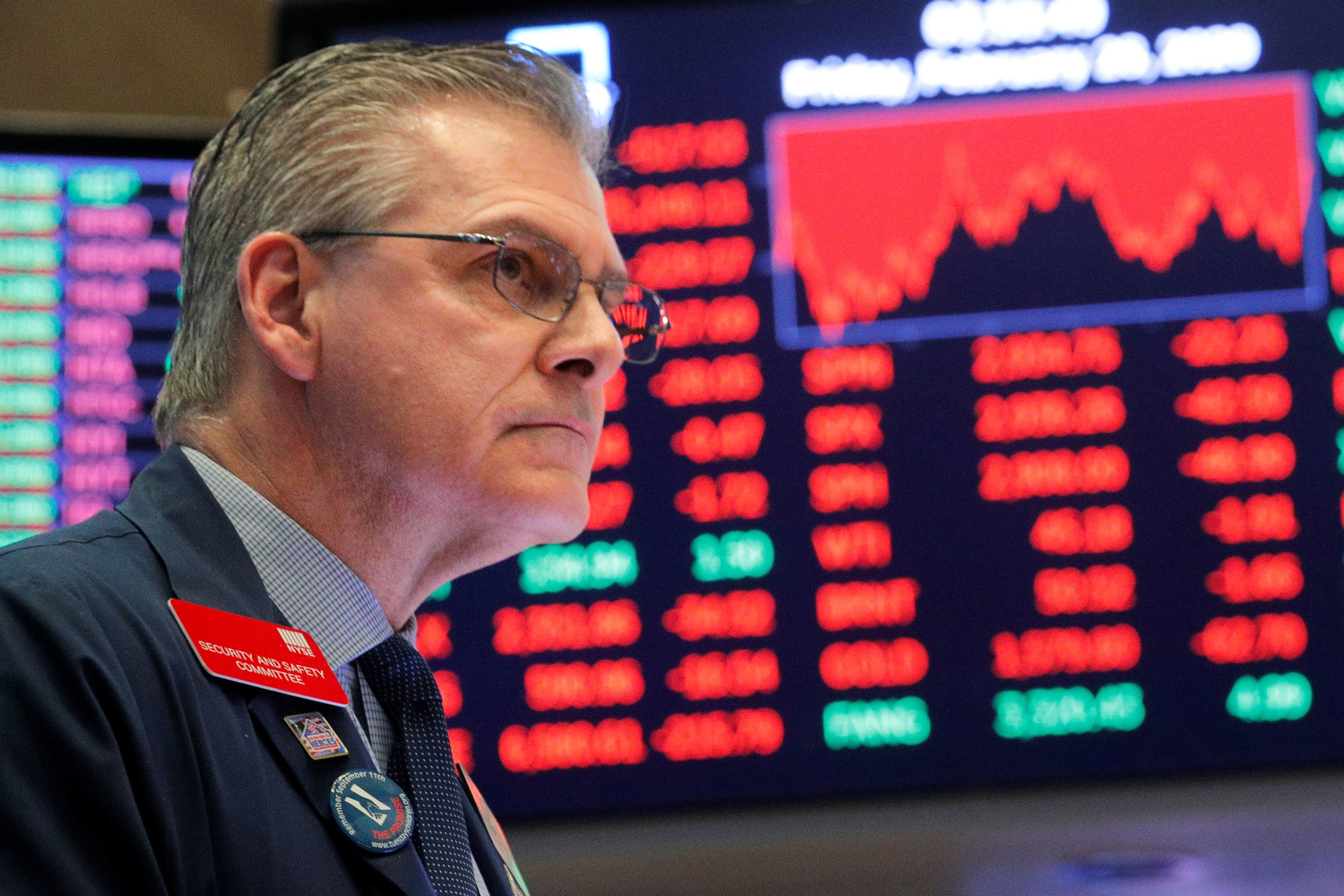In light of the tumultuous move in global stocks this week, I found it comforting, in that it-could-be-worse sense, to think about some excessively priced assets I’ve watched up close, as well as from a distance.
One day within the dot.com bubble stands out very clearly. In December 1999, I sat in my mother-in-law’s room at the Massachusetts General Hospital in Boston, and my father-in-law asked me how work had been that day. The market, particularly the tech and biotech stocks, had climbed so much that day that any normal response would be been an understatement.
I pulled out a sheet from the printout of the top holdings in the diversified mutual fund I managed at the time. I said it was probably my best performance day ever, since almost all of my top names were up about 10%. That seemed both surreal and insane, although, I wasn’t going to complain. While I knew it would end, I could also imagine the buying mania lasting for months.
As investors have learned through the ages, jumping off a wave too early can sometimes be a very dangerous move. I wish I had jumped off this one sooner.
The bubble popped in March 2000, with the Nasdaq collapsing 76% from the high of 7,134 to its low of 1,670 in September 2002. That experience provided such an enduring lesson in the searing pain bestowed on participants in bursting bubbles that I always have my eye out for the next bubble on the verge of combustion.
This has led me to consider two separate cases I’ve recently encountered. The first involves the nearly 150-year-old stately five-story building in which my company leases half of the third floor. We are on our fifth owner in fifteen years, the first of whom sold the building for $20 million.
Soon we will have a new landlord, who is paying $75 million and intends to invest over $50 million in a full conversion to biopharma lab space, right in the heart of Boston’s Financial District. At that price, our ten-year lease must make them queasy.
Even with unmet lab space demand, there is over 13.5 million square feet under construction in the Boston area, with estimated incremental demand of only 5 million square feet by 2025, according to industry sources.
Perhaps foreign capital’s appetite for U.S. assets and the tremendous availability of cheap money changes the economic equation. Only time will tell whether a new paradigm renders traditional valuation measures useless or whether we have hit a top.
Private equity transactions have also caught my eye. We hear about the hundreds of billions raised by PE firms, but sometimes a real case strikes an alarm note. An executive of a firm that developed a software system used in training workers explained to me that their private equity parent was encouraging them to make acquisitions for the purpose of growing their revenues in preparation for a resale of the company.
He identifies targets, still unprofitable, selling at three-to-four times revenues or fifteen times pro-forma operating earnings. Their PE owner funds the purchases with 30% equity and 70% debt borrowed from other private (equity) credit funds. Everyone hopes a bigger buyer, usually another private equity firm, will bail them out.
Does that sound like a bubble in the making? Again, not my expertise, but it definitely requires seamless coordination and success across multiple platforms.
Which brings me back to this equity market, struggling with its own illness — a combination of earnings anemia, myopic vision aimed at a narrow band of names, and panic over a spreading virus. At the peak, on Feb. 19, the market was trading at about 20 times earnings, always a tough multiple to sustain. Down 14%, in about a millisecond, we are back to 17.5 times reduced estimates for 2020, now a coronavirus-affected flat year for profits.
Is there more downside? Sure, but a 16 multiple on 2021 earnings, which is not unreasonable, given the lowest yield ever on the 10-year Treasury and the lowest unemployment level in fifty years, implies 2,800 on the S&P, less than 4% below where we are today. If a 4% to 5% downside offers valuation support for the market, I wouldn’t characterize the U.S. equity market in a bubble at all. I would reserve that definition for some other asset classes.
Karen Firestone is chairman, CEO, and co-founder of Aureus Asset Management, an investment firm dedicated to providing contemporary asset management to families, individuals and institutions.
